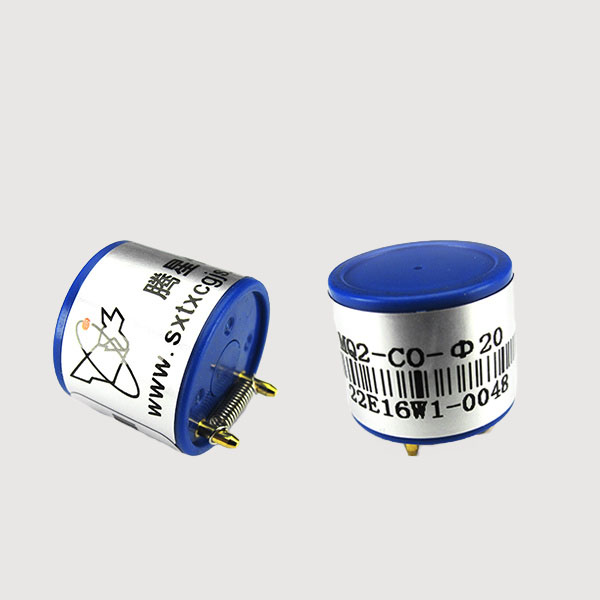

 News
News Industry News
Industry NewsCarbon monoxide is produced by the incomplete combustion of carbon-containing substances. Under normal conditions, it is colorless, odorless, tasteless, and poorly soluble in water. Its density under standard conditions is 1.25 g/L, very close to the density of air (1.293 g/L under standard conditions), making it a risk factor for poisoning.
CO poisoning occurs when hemoglobin in the lungs combines with CO to form carboxyhemoglobin. This interferes with the transport of oxygen from hemoglobin to the body, leading to oxygen depletion and the resulting poisoning.
CO sensors are essential components for CO monitoring, primarily utilizing semiconductor, infrared selective absorption, and electrochemical principles. Electrochemical CO sensors offer numerous advantages, including high sensitivity, simple structure, and low power consumption, making them widely used in industrial, commercial, and residential applications.
Carbon Monoxide Sensor Applications
1. Coal Mine Safety Monitoring
Carbon monoxide (CO) is a flammable and toxic gas. Its concentration is a key indicator of spontaneous combustion in coal mines and a major factor in major accidents such as poisoning and death. my country's coal mine safety regulations clearly require the use of CO sensors in main tunnels, return air tunnels, coal mining faces, tunneling faces, and goafs to monitor CO concentrations in real time and issue alarms when concentrations reach or exceed pre-set hazardous levels.
2. Fire Monitoring
When a fire occurs, the main combustion products are carbon monoxide and carbon dioxide, which are produced tens of minutes to hours before smoke. During a fire, CO is a distinctive sign of incomplete combustion. Almost every substance produces CO, especially during the smoldering stage of a fire. Furthermore, CO is less dense than air, making it easier for it to float into the air and be detected, providing early warning. Therefore, CO sensors are ideal for early fire detection, allowing for early detection of fires.
3.Smart Gas Water Heaters
In new smart security gas water heaters, carbon monoxide (CO) levels are primarily used to monitor the air environment inside and outside the unit in real time, preventing CO leaks and poisoning risks caused by incomplete gas combustion in households.
Once a CO leak is detected, an audible and visual alarm will sound, and the leak information will be sent to a linked mobile phone for prompt action.
4.Underground Garage Environmental Monitoring

MQ-E2-CO-φ20 Electrochemical CO Sensor
Cargo garages typically accumulate large amounts of CO due to incomplete gasoline combustion during idling. Underground garages are enclosed environments with frequent vehicle traffic, making exhaust emissions difficult to expel. This not only creates a pungent odor inside the garage but also harms human health and, in severe cases, can pose a life-threatening risk.
In recent years, the government has tightened regulations on CO concentrations in underground garages, requiring underground garages and parking lots to be equipped with ventilation systems to replace the air with fresh air. Carbon monoxide levels in underground garages should be below 25 ppm on a long-term basis and no higher than 50 ppm on a short-term basis.
If you want to know more solution of CO sensors, pls feel free to contact us:
ShanXi TengXing Sensor TechnologyCo.,Ltd
Web: www.tensensor.com
Email: [email protected]
Tel/WhatsApp: 86 18335818384